Invited speakers
Plenary conference
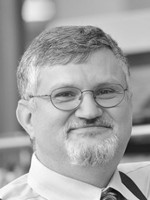 |
Prof. Everett E. Carpenter Virginia Commonwealth University USA |
 |
Prof. Claus Feldmann Karlsruhe Institute of Technology Germany |
|
 |
Prof. Markus Niederberger ETH Zurick Switzerland |
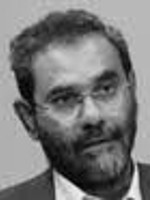 |
Prof. Jeyadevan Balachandran The University of Shiga Prefecture Japan |
|
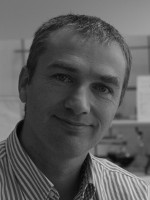 |
Prof. Olivier Tillement Claude Bernard University France |
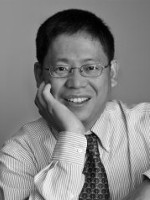 |
Prof. Younan Xia Georgia Institute of Technology USA |
|
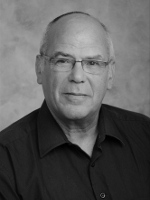 |
Prof. Aharon Gedanken Bar-Ilan University Israel |
Tutorials
Tutorial 1: High Resolution Transmission Electron Microscopy: a powerful tool for nanomaterials analysis at the atomic scale
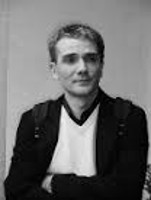
Prof. Christian Ricolleau
Université Paris Diderot
France
Transmission electron microscope (TEM) has emerged as a very powerful tool for probing the structure of nanomaterials because of its capability to provide morphological information, crystallographic details, and chemical composition of phases distributed on a very fine scale in a given microstructure. Nanobeam and convergent beam electron diffraction as well as high-resolution electron microscopy (HREM) have been successfully used to obtain structural information on materials. With its multifaceted capabilities, including chemical composition analysis by electron energy loss spectroscopy or X-ray analysis and imaging at angstrom level, TEM has emerged as an instrument for complete characterization of the microstructure of nanomaterials.
Prof. Christian Ricolleau is a physicist with longstanding expertise in TEM. He will give us a tutorial on the use of this technique in the study of various types of nanomaterials and how the latest technical developments in aberration corrected microscopy have allowed material analysis at the atomic scale.
Tutorial 2: 57Fe Mössbauer spectrometry, nanomagnetism and nanomaterials
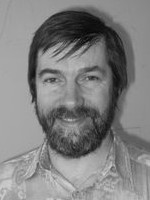
Dr. Jean-Marc Grenèche
Université du Maine
France
Mössbauer spectrometry is a non destructive technique which probes the energy levels of atomic nuclei and is highly sensitive to changes in response to its chemical, electronic and magnetic environment through hyperfine interactions. Mössbauer spectrometry can thus provide structural information distinguishing the different Fe species, their oxidation and spin states, their coordination number, their chemical bonding and their respective proportions. Focusing on iron-based magnetic materials, 57Fe Mössbauer spectrometry offers a powerful local probe to characterize their structural and static and dynamic magnetic properties by application of external magnetic field in the case of bulk materials as well as nanostructures (as nanoparticles, mesoporous, nanocrystalline alloys and nanostructured systems).
Dr. Jean-Marc Grenèche is a physicist with longstanding expertise in magnetism and Mössbauer spectrometry. He will give us a tutorial on magnetic properties in iron-based nanostructures investigated by 57Fe Mössbauer spectrometry, with special emphasis on surface and interface effects and on relaxation phenomena.
Tutorial 3: X-ray Diffraction a powerful tool for structural and microstructural characterization of nanomaterials
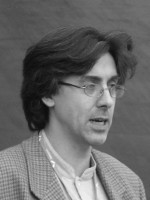
Lucas Lutterotti
Trento University
Italy
X-ray diffraction (XRD) is a primary tool for probing structure of solids. Crystalline materials give rise to the most obvious applications, but there is also important information to be obtained from semicrystalline and even amorphous ones. Among these materials nanomaterials are of great interest. The crystallite size is one of the fundamental characteristics of these nanostructures and their microstructure is often a key to understanding and controlling bulk properties. Small crystallite size results in broadened diffraction patterns.
Analysis of peak shapes can give information about crystallite size and other aspects of microstructure, particularly lattice distortions (due to variations in composition or micro-strain) and faulting.
Prof. Lucas Luterotti is an expert in material science. He developed a powerful Rietveld based refinement program, called MAUD, able to combine structural and microstructural analysis of material XRD patterns, well adapted for broadened diffraction peaks. He will give us a tutorial on microstructural analysis of nanomaterials using routine XRD technique.







